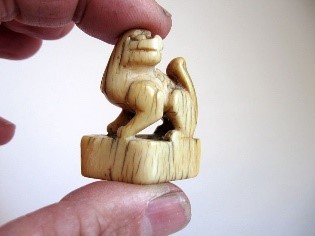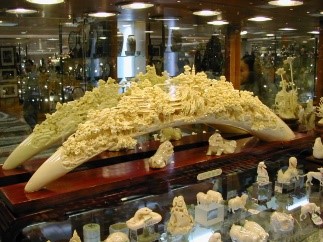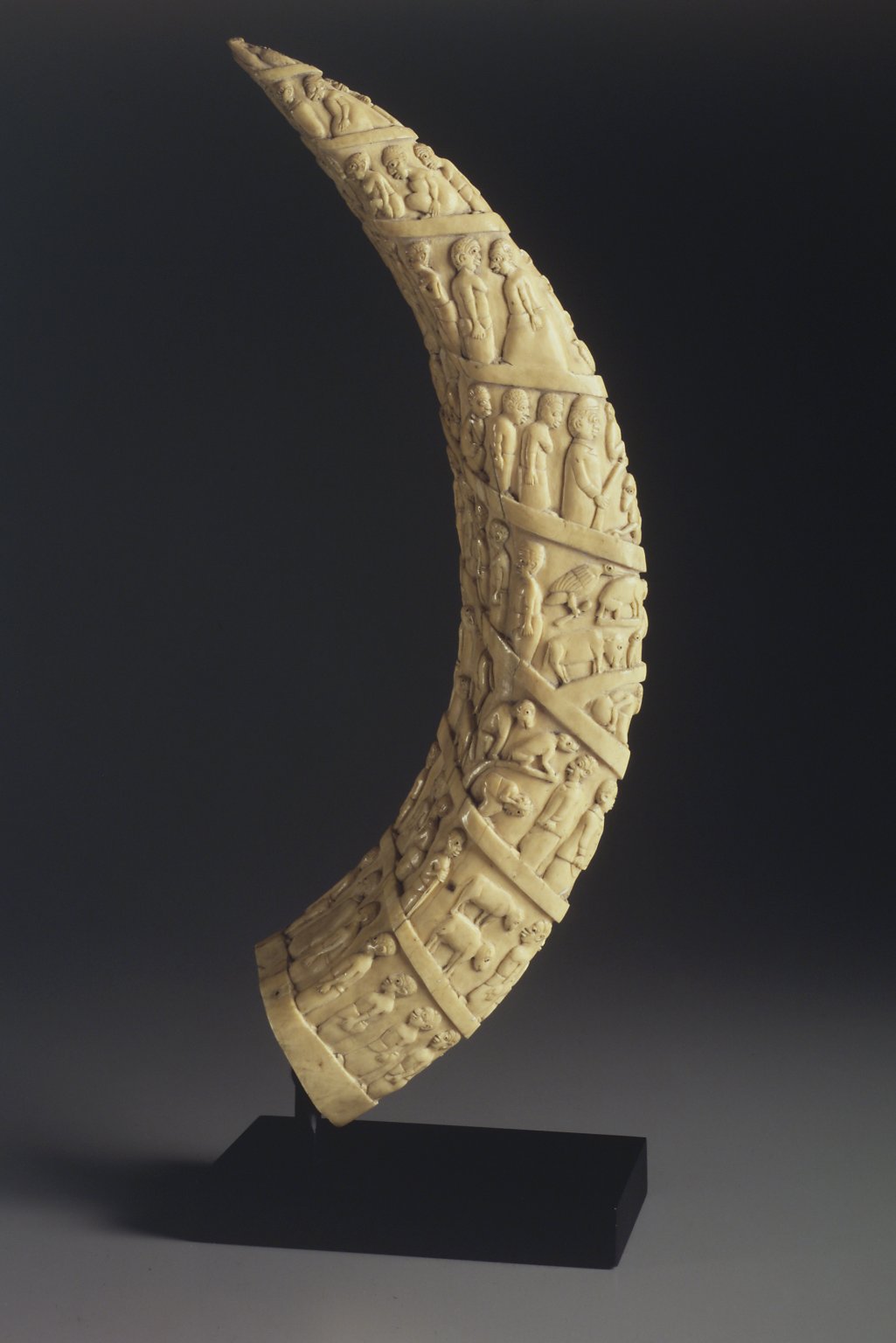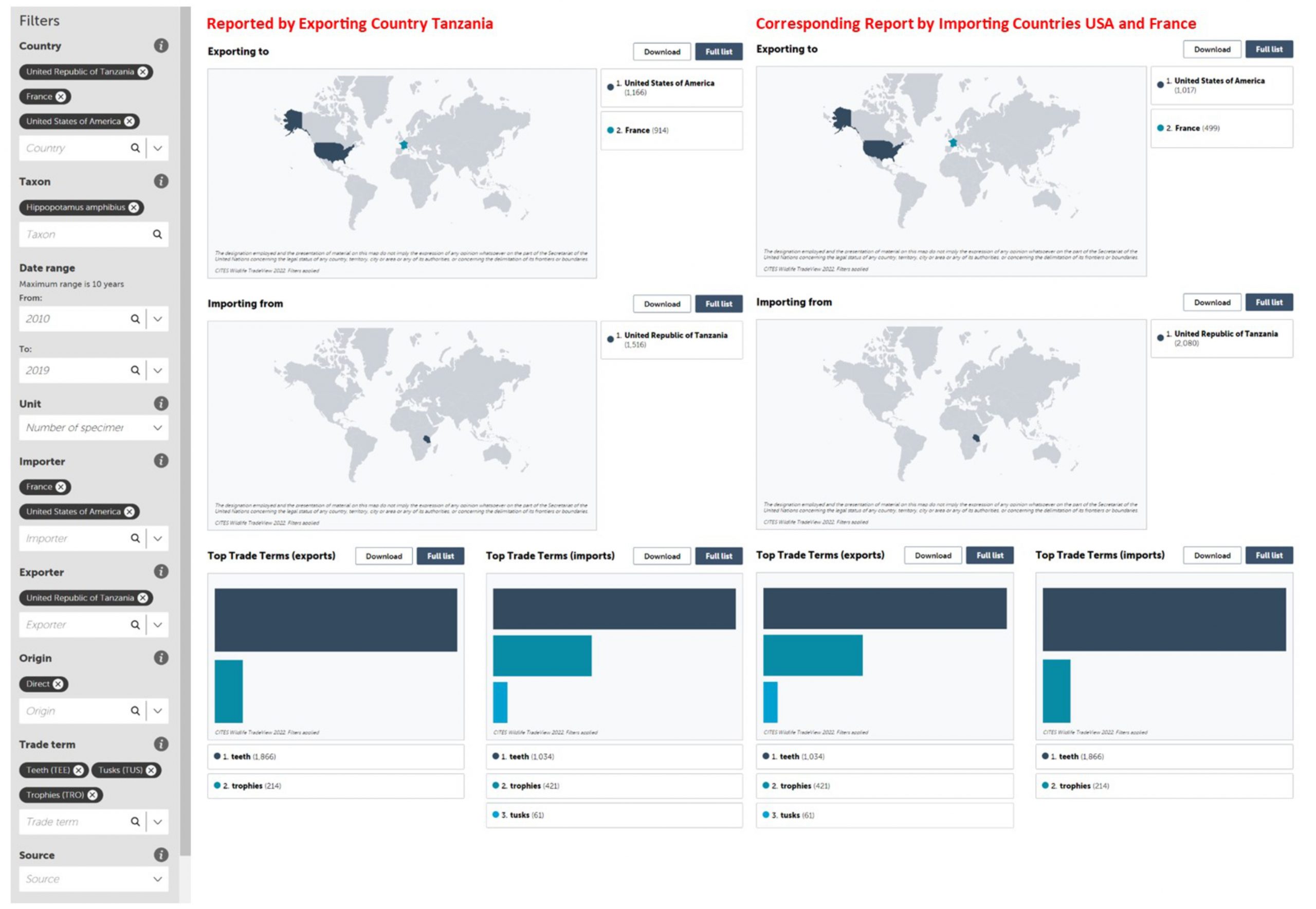
The conservation sector needs to stop calling what are effectively ‘guesstimations’ an evidence-based approach. After decades of trade in endangered species there is still no reliable information on what constitutes a sustainable offtake.
Even though this trillion-dollar trade has made mindboggling profits for some of the wealthiest companies and people, in comparison only a tiny amount of funding has been available over the years to assess the impact of the legal trade on the population decline of wild species. There are no trade analytics, no trade risk flags. The data collected are next to useless, as we have demonstrated many times already. And here we go again, this time for hippos.
The months leading up to a CITES Conference of the Parties (CoP), which only happens once every three years, results in a few more articles in the mainstream media (MSM) about the trade in endangered species. All they will provide are a few facts and a couple of comments that are simply accepted, ‘nothing to see here’ style. What is consistent is that other than in a couple of notable exceptions, journalists don’t ask the people or organisations who support the trade in wild species any difficult questions.
One story that may get some MSM focus in the lead up to CITES CoP19, in Panama in November this year, is the call to ban the international trade in hippo body parts.
The Problem
Hippo body parts are legally traded in large numbers. Because of the poor quality of the trade regulation data, under CITES, the true scale of the trade is largely unknown. This led one researcher, Alexandra Andersson, who investigated the missing hippo teeth traded between Uganda and Hong Kong to state, “A quick scan of the records demonstrates that vast and consistent data discrepancies are clear in many cases, and that the true volume of many traded endangered species is simply unknown. This is alarming, considering the reason that all of these species are included in CITES is because they are vulnerable to over-exploitation, and extinction”.
While there are many problems with the CITES trade permit system and database, one significant area that hasn’t been addressed, in its nearly 50 years of operation, is that of ‘weighted’ and ‘unweighted’ reporting.
According to CITES rules, a country can report in any of the standard units allowed by the convention. Hence the trade database shows widely incompatible entries for the same species. In many entries labelled ‘units’, you will see just a number, ‘1’ say. This tells you nothing about the volume or weight of the shipment.
I have covered this problem in previous articles on elephant ivory, ‘1 carved item’ of elephant ivory on the CITES permit, without a corresponding weight, could mean the carved item could be:
This:

Or this:

Crazy, right!! The same is true for hippos.
The CITES trade database shows that, between 2009 and 2018, 77,579 hippo specimens without a measurable unit (such as kg) were traded globally, of which 98% were wild sourced. The main purposes of trade were commercial (73%), hunting trophy (24%), and personal (3%). Carvings (made from teeth) and teeth (which includes tusks) were the most common types of specimens in trade, where Hippo ‘ivory’ is used for carving.
During this time an additional 36,113 kg of ‘weighted’ ivory from wild hippos was internationally traded for commercial, hunting trophy, and personal purposes.
Hippos were listed as vulnerable in the IUCN Red List of Threatened Species as far back as 2006 and the assessment of hippo populations show they are either decreasing or unknown in 25 of 38 (65%) of their range states.
As a result, Benin, Burkina Faso, Central African Republic, Gabon, Guinea, Liberia, Mali, Niger, Senegal, Togo have joined forces to propose that Hippos (Hippopotamus amphibius) be moved from CITES Appendix II to Appendix I, triggering a ban on the international trade.
The Countries Involved
The top exporters of hippos are Tanzania (62%), Zambia (12%), Zimbabwe (10%), Uganda (7%), South Africa (5%). With the top exporters of weighted (teeth/carvings – often labelled ivory) being Uganda (42%), Tanzania (33%), and Malawi (19%)
The top importers of ‘unweighted’ hippo specimens (teeth, carvings, skin) are the USA (34%) and France (30%).
While the top importers of ‘weighted’ hippos teeth/carvings (ivory) are Hong Kong (72%) and China (18%), with Hong Kong being the top re-exporters of weighted hippo ivory.
The information below shows the trade data between the top exporter Tanzania (62%), and top importers for unweighed hippo body parts, USA (34%) and France (30%).
Once again, the most basic reconciliations can’t be done between exporting and importing countries.
Weighted vs Unweighted
To understand the scale of the problem between weighted vs unweighted trade in hippo body parts, Nature Needs More looked at four separate years of the CITES data records:
- 2018: of the 753 hippo entries listed, 1 (0.13%) records included a weight (Kg)
- 2015: of the 528 hippo entries listed, 7 (1.32%) records included a weight (Kg)
- 2013: of the 860 hippo entries listed, 5 (0.23%) record included weight (Kg)
- 2005: of the 1752 hippo entries listed, 147 (8.39%) records included a weight (Kg)
Nearly all trade in hippo body parts is unweighed. Given the 2005 results showed at that time 8.39% of records included a weight compared to 2018, when only 0.13% of records included a weight, this confirmed the findings of a 2015 publication into documentation discrepancies in CITES trade data. An analysis was undertaken of CITES trade data documentation for Appendix I and II species exported out of 50 African nations to 198 importing countries between the years 2003 and 2012; the data represented 2,750 species. Of the 90,204 original records reviewed from the CITES database, only 7.3% were free from discrepancies. Increases in discrepancy-rates between 2003 and 2012 suggests that the trade was monitored less efficiently in 2012 than it was in 2003.
This is evidence of the dire situation in monitoring the trade in hippos but sadly the situation may be much worse.
Tusks vs Teeth
CITES rules allow for both ‘teeth’ and ‘tusks’ to be used when indicating body parts. This seems logical, many animals that have teeth don’t have any tusks, but it presents a significant problem when it comes to the trade in hippo ivory.
If a shipment is marked as containing 1,866 teeth (as in the example), this could mean that the teeth come from 52 animals (a hippo has a total of 36 teeth) if all teeth are traded. Yet carvers are not interested in the molars and premolars, they only value the ‘tusks’, the incisors and canines, of which there are 12. If both incisors and canines were traded, it would mean the 1,866 ‘teeth’ came from 155 animals, not 52. To make matters worse, most traders only want the lower incisors and canines, which are the large ‘tusks’. That would mean the 1,866 ‘teeth’ came from 466 animals!
We would be able to distinguish what is being traded if the weight was recorded as well but CITES does not enable the reporting of two types of units. The whole reporting system was never designed to monitor the trade from a commercial perspective, otherwise both weight and value would have been required for every shipment.
CITES trade reporting is supposed to enable monitoring of population levels to ascertain that trade volumes do not exceed the reproductive rate of the species to keep trade sustainable. In the case of hippos (and tragically most other species) this is simply not possible because of the way CITES trade reporting was designed.
If you cannot tell from the trade database if the ‘1,866 teeth’ came from 52 animals or 155 or 466, how can you possibly assess the risks to the species from trade?
Significant Trade Review
One of the reasons used by CITES, signatory parties, and conservation organisations to say that a review of the CITES convention isn’t needed is that they believe that the CITES Review of Significant Trade acts as a check for any trade where concerns are flagged, either with the effectiveness of the original Non-Detriment Findings (NDF) or the management plan for the species developed as part of the NDF process.

Because of the lack of funding for both CITES and the national authorities, the actual number of such reviews is tiny.
Between 2010 and 2016, of the 40 species selected for Review of Significant Trade over the same period, only about half have been completed (either by uplisting the species to Appendix I, implementation of the recommendations by the country or by downgrading the category of concern). The other 20 reviews are still ongoing, meaning the concerns persist, and recommendations made to the country have not been fully implemented (be it through lack of funding or stalling tactics).
At this rate, the mechanism can never be effective given the increasing number of species listed.
Key is that the Review of Significant Trade is totally dependent on the quality of the trade data. Because CITES does not even mandate import permits for Appendix II listed species, the most basic reconciliation cannot be done.
The hippo was included in the Review of Significant Trade twice. Of the main exporters of hippo parts and products from 2009 – 2018, the review resulted in only one, Tanzania, establishing an export quota of 4,800 skins and 10,598 kg, including teeth from 1,200 animals and hunting trophies. The review did not result in recommended changes to management practices for Zambia, Zimbabwe, and South Africa. Mozambique and Cameroon were subject to trade suspensions that were lifted after submission of information and establishment of annual export quotas.
Given the unreliable nature of the unweighted trade data and the fact that the Reviews of Significant Trade also simply assumed that 12 teeth = 1 animal, it would appear difficult to have trust in these findings and the lack of any further action to restrict trade.
What Is The Point Of Only ‘Encouraging’ Action?
The trade in hippo body parts provides just another example of the mess that is the legal trade in endangered species, including:
- Weighted vs Unweighted
- Tusk vs Teeth
- Mismatch is CITES export/import trade data
- Uselessness of Review of Significant Trade
Over decades, publication-after-publication, after outlining the poor quality CITES trade data, does nothing more than ‘encourage’ action on:
- Ensuring the data is consistent, in the use of terms and units, across all signatory parties
- Investigating CITES trade data discrepancies
- Conducting an up-to-date population census
- Undertaking further investigations to get a clearer idea of the problem
- Ensuring clarification of terms used
- Developing a reliable way to convert trade volume to the number of animals and offtake levels
The one thing they constantly never call for, which is the one thing that is needed is the modernisation of the CITES regulator.
The monitoring of the legal trade in endangered species cannot be dependent on the interest of philanthropists. Just one example explains why, conducting an up-to-date population census. Even for one of the most iconic animals, the elephant, which triggers visceral levels of emotion in many people, there hadn’t been a pan-African survey in almost 40 years. It was this that prompted Paul Allen to undertake the Great Elephant Census. His goal for the massive, continent-spanning census was to quantify how many elephants remained and where they were declining (or thriving) and to then share that information to inform conservation, enforcement, and legislation. Nearly 40 years between population census of probably the most iconic animal and one that is relatively easy to count, doesn’t bode well for the likes of the hippo or other species.

To all those conservation organisations out there who ‘encourage action’, if you want to maintain credibility in the long term, stop pandering to governments and business, and develop the courage to demand that the mess that is the legal trade in wild species be decisively fixed.


